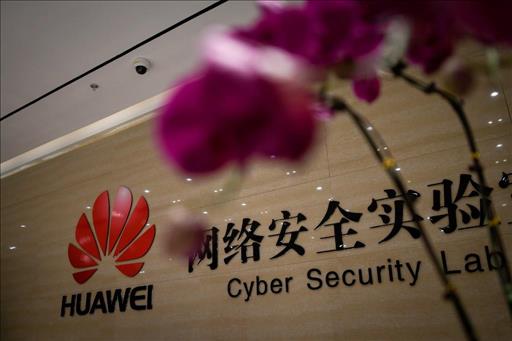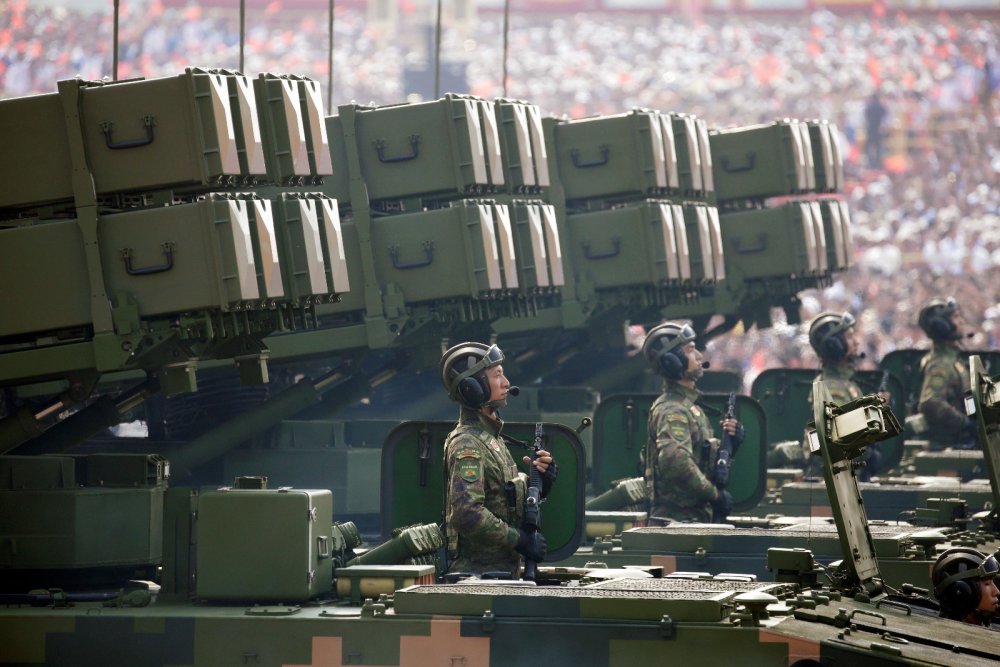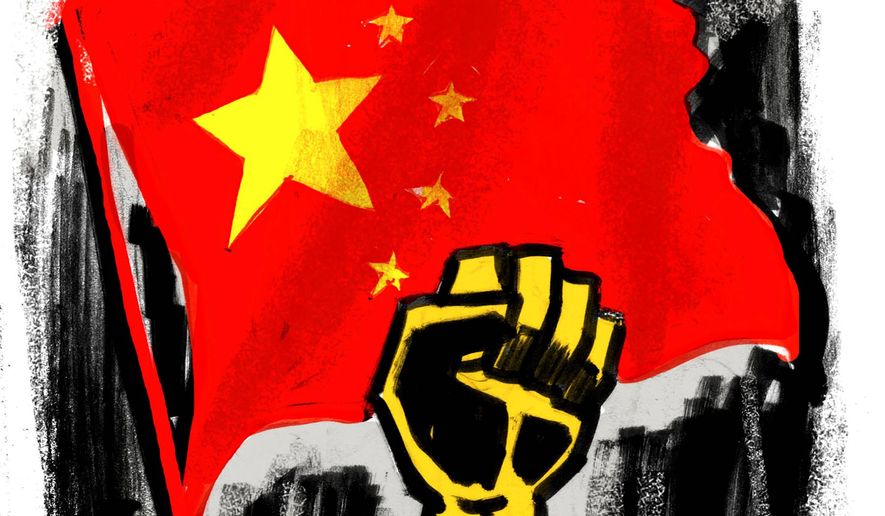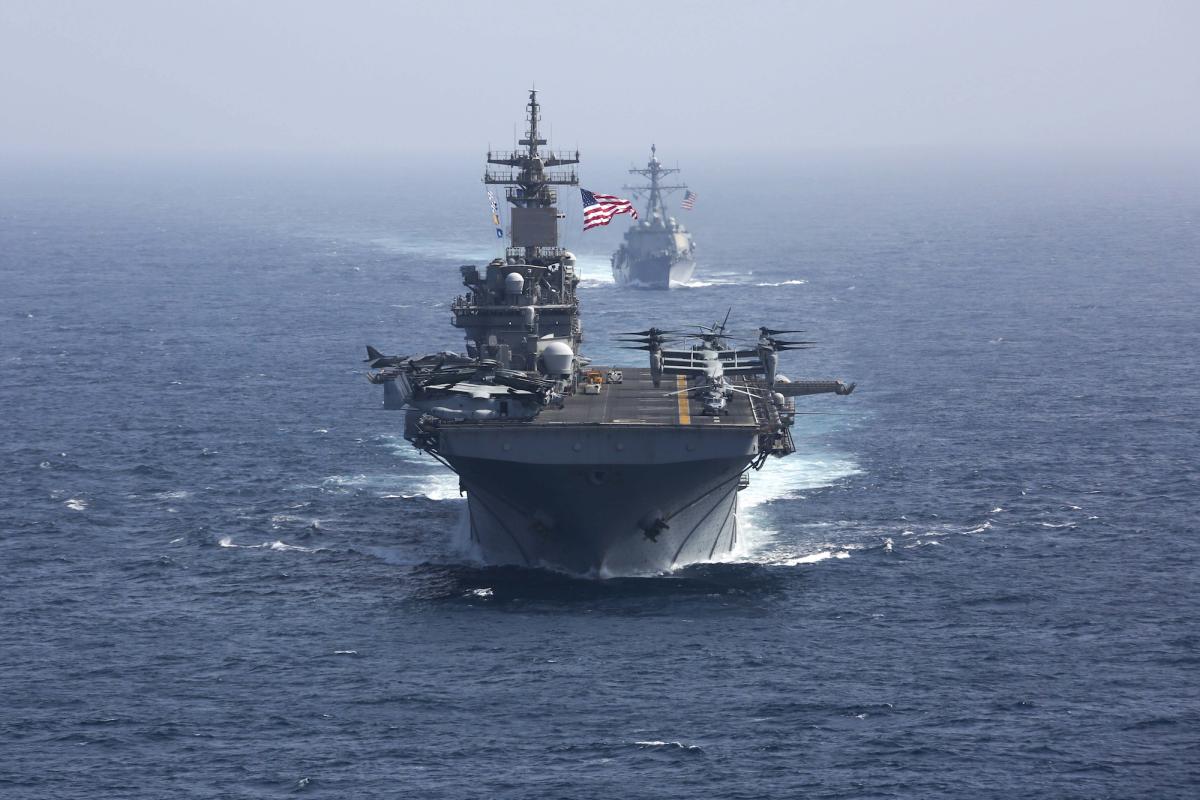By Mudit Kapoor, Shamika Ravi
 In light of the economic slowdown, it is important to note that long-term economic growth is a consequence of individual rights to private property, and its protection from expropriation from other individuals as well as the most powerful entity, the state itself.
In light of the economic slowdown, it is important to note that long-term economic growth is a consequence of individual rights to private property, and its protection from expropriation from other individuals as well as the most powerful entity, the state itself.
Nationalisation policies have held India back from her true economic potential and robbed hundreds of millions of people of the prosperity they deserved long ago. Nationalisation created a complex bureaucracy — a tyranny without a tyrant — eventually leading to an unparalleled economic crisis in the 1990s, compelling us to undertake courageous economic reforms.
Reform was mostly the reduction of bureaucratic red tape of “licence raj”, making it easier for private players to enter and exit markets. This led to unprecedented economic growth, the creation of a middle class, and significant poverty reduction. These reforms got a further shot in the arm under Atal Bihari Vajpayee with the disinvestment drive. For example, the telecom and energy sectors that were plagued by shortages for decades were partially privatised and very soon turned a surplus, boosting the economy and laying the foundation for a “digital economy” in modern India. This was evidence that nationalisation and socialism were not the answers to India’s poverty and social problems.














/arc-anglerfish-arc2-prod-mco.s3.amazonaws.com/public/OMATFVI7BNEE5FWRSW2JPAS33Y.jpg)
